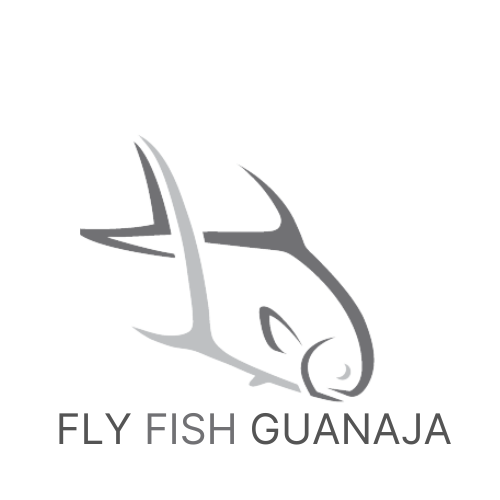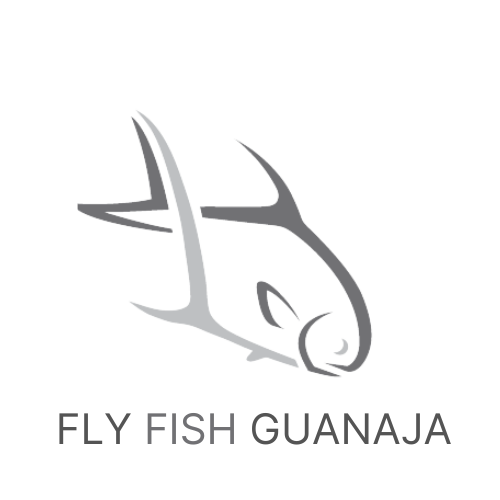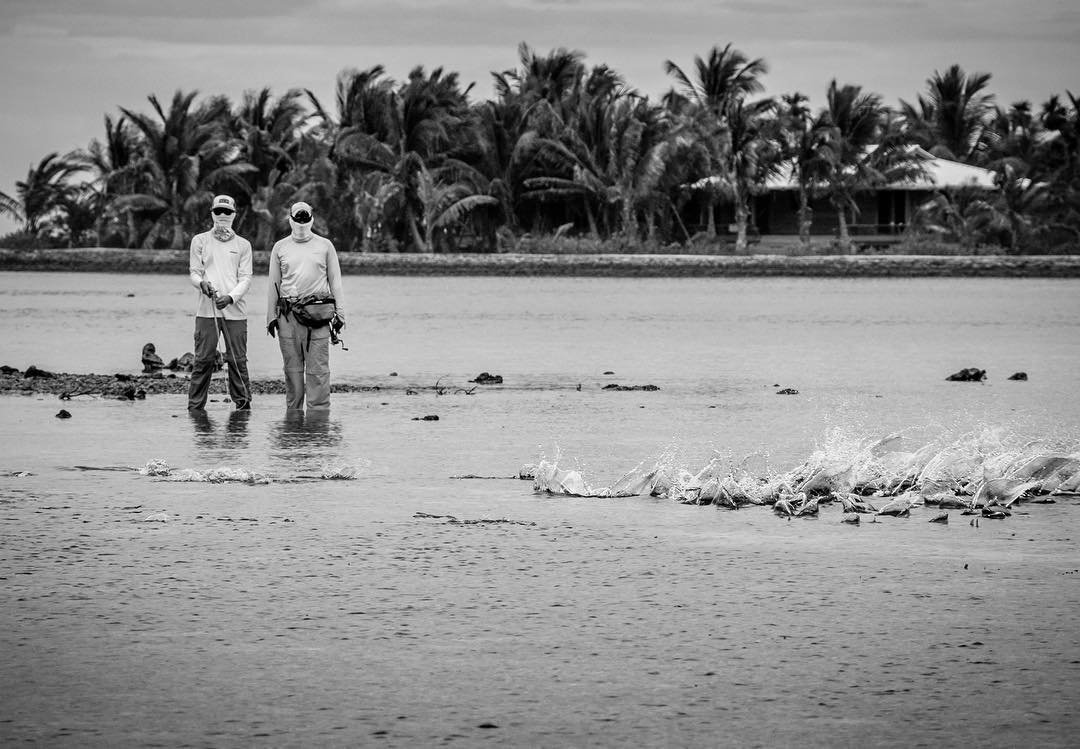Guanaja, Honduras
The Crown Jewel
The Bay Islands of Honduras are located in the Caribbean Sea, east of Belize and north of mainland Honduras. Despite the issues and violence that can occur on the mainland, these islands remain peaceful and unaffected. The local communities rely solely on tourism for their livelihoods, making it the lifeline of their economies. As a result, tourism is not only encouraged but also crucial for the islands' economic sustainability.
Guanaja is an island located 43 miles off the northern coast of Honduras is considered the most remote of the Bay Islands. Known as the "Green Island" of Honduras, it has a mountainous terrain and lush vegetation, making it the most prolific of all the Bay Islands. In addition, the island is blessed with plenty of natural spring water. The population of Guanaja is only 5,500 and is spread out among several local fishing villages.





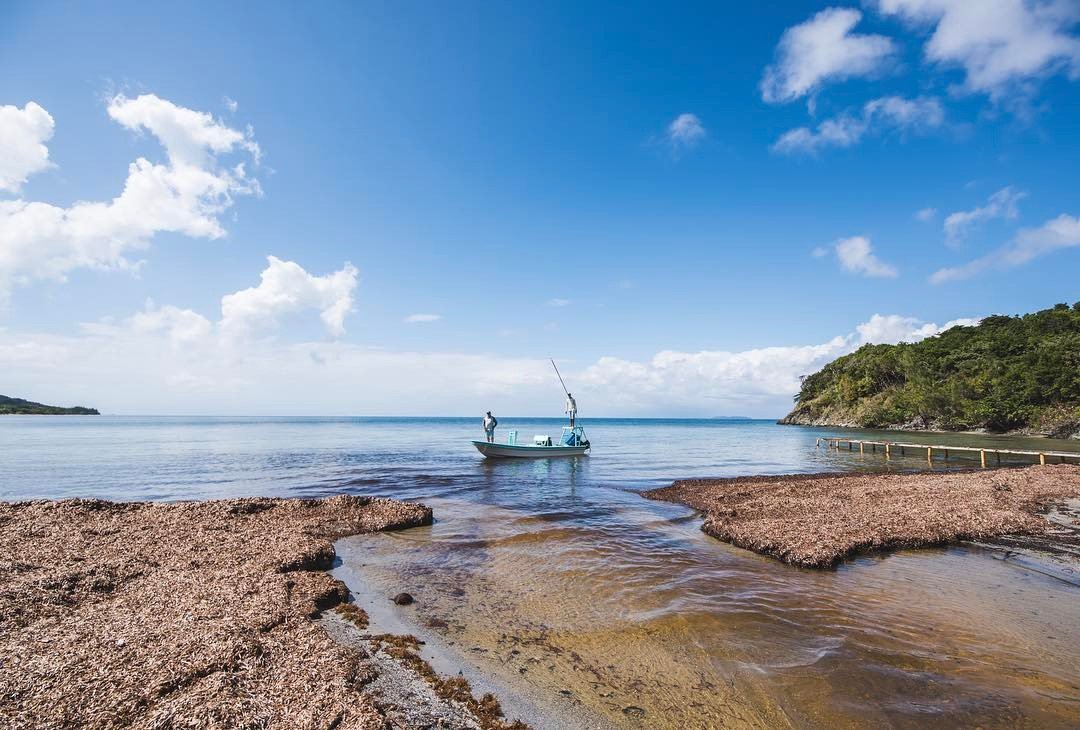

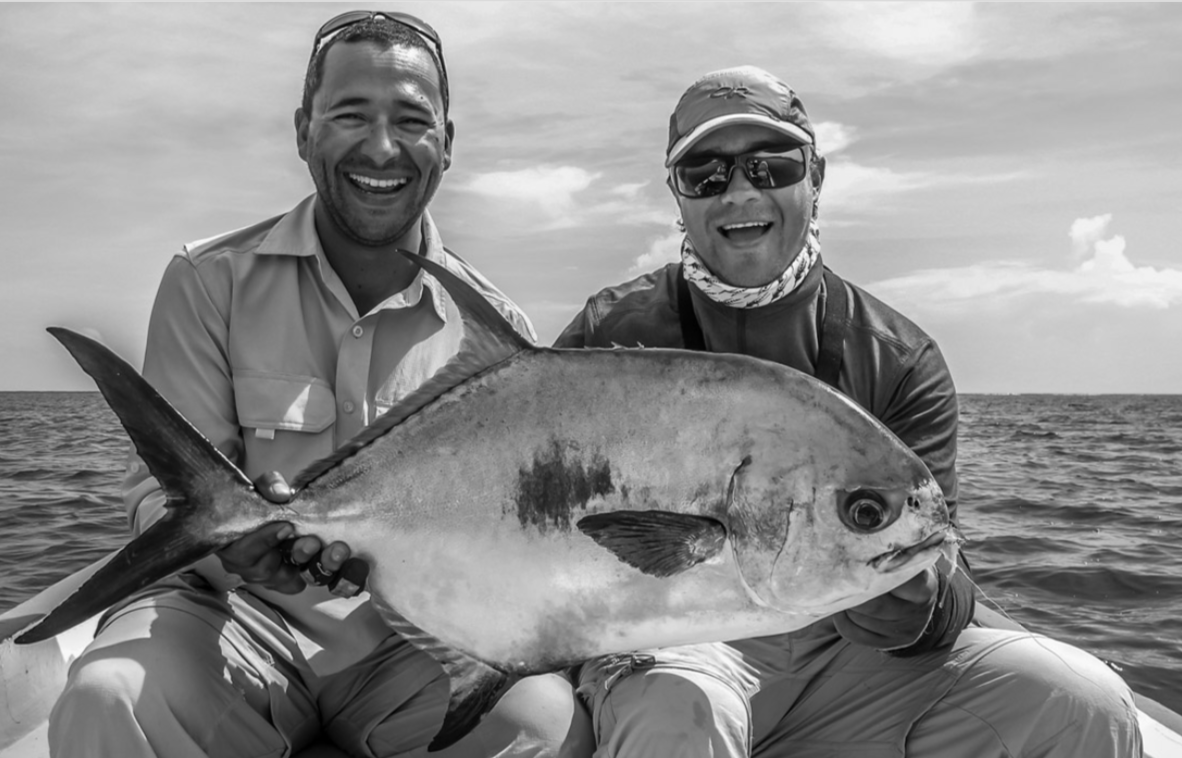
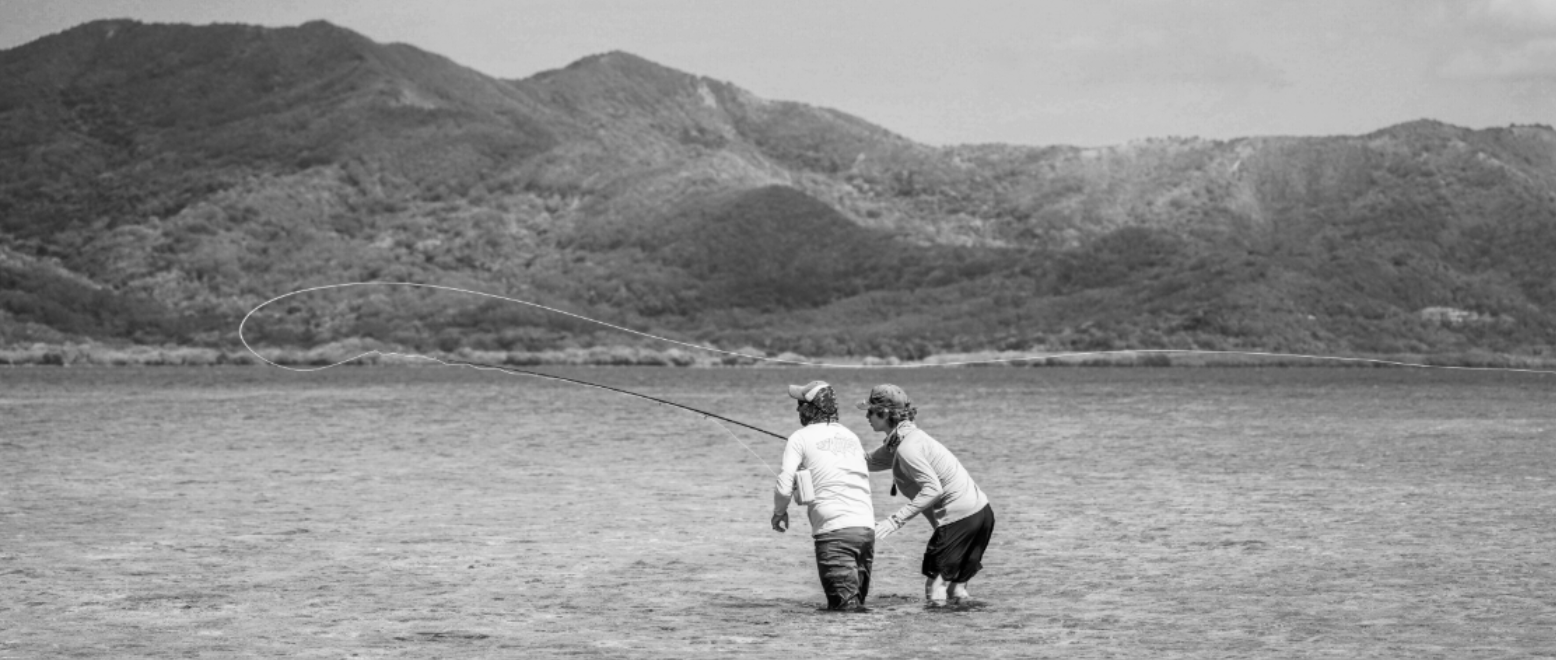
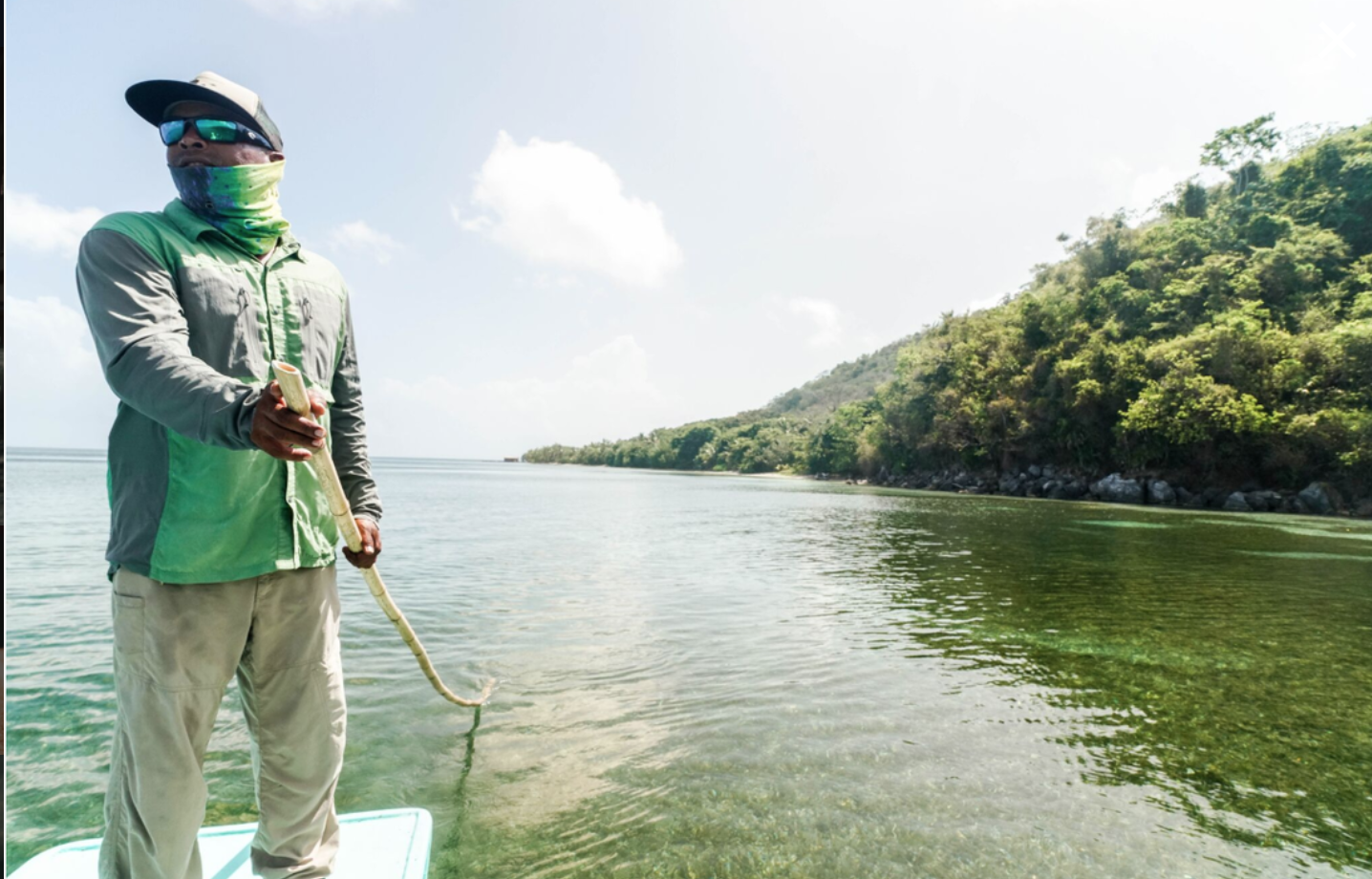

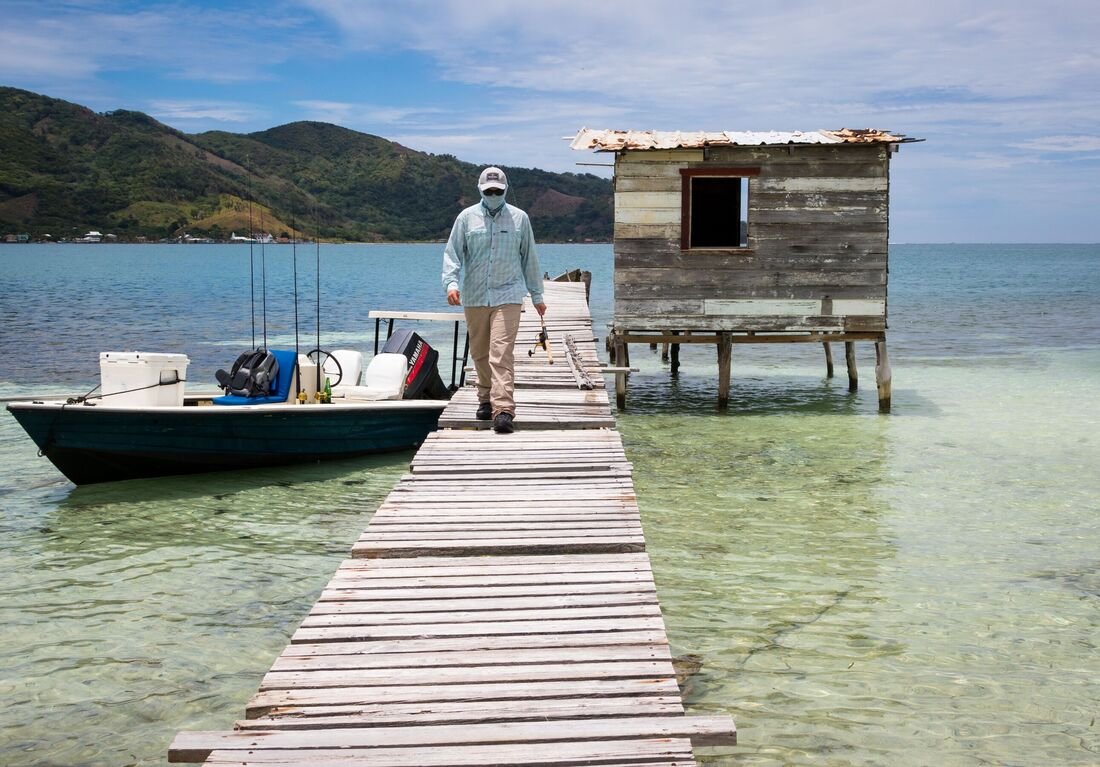

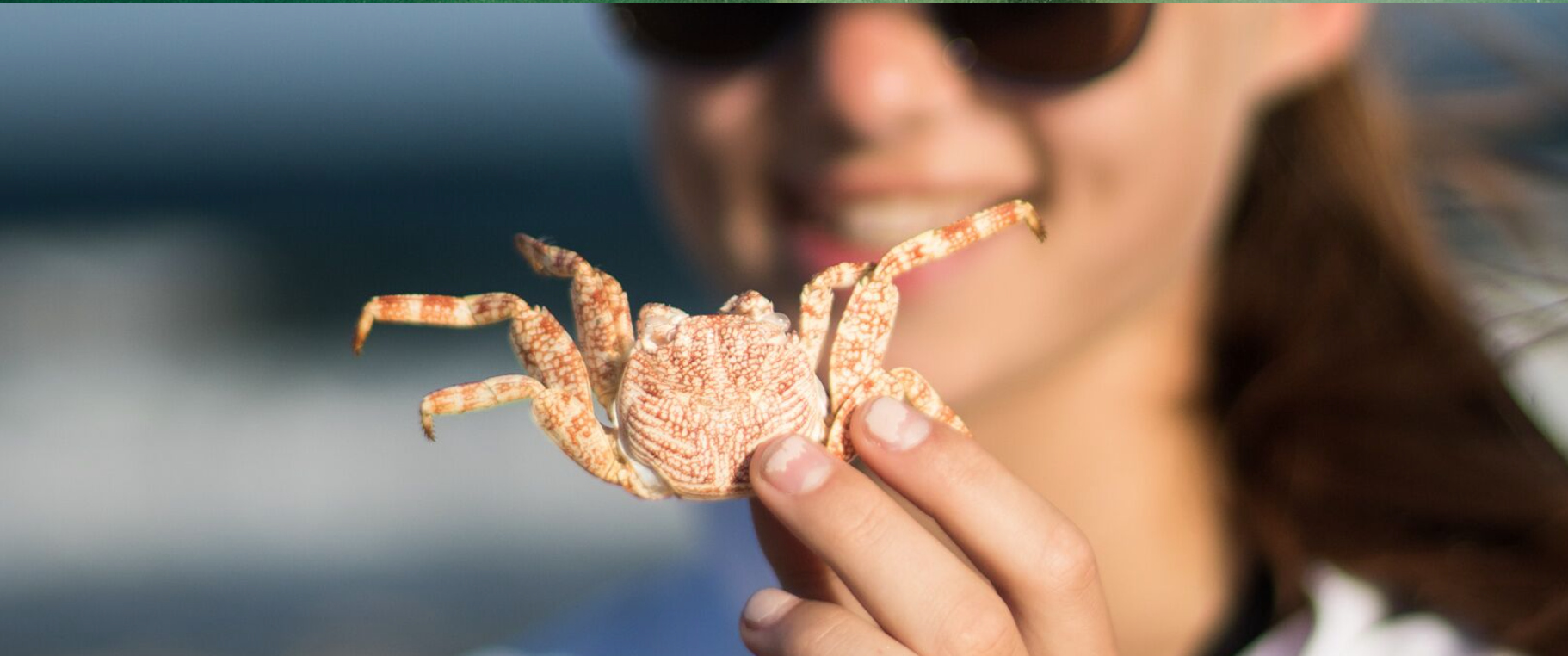


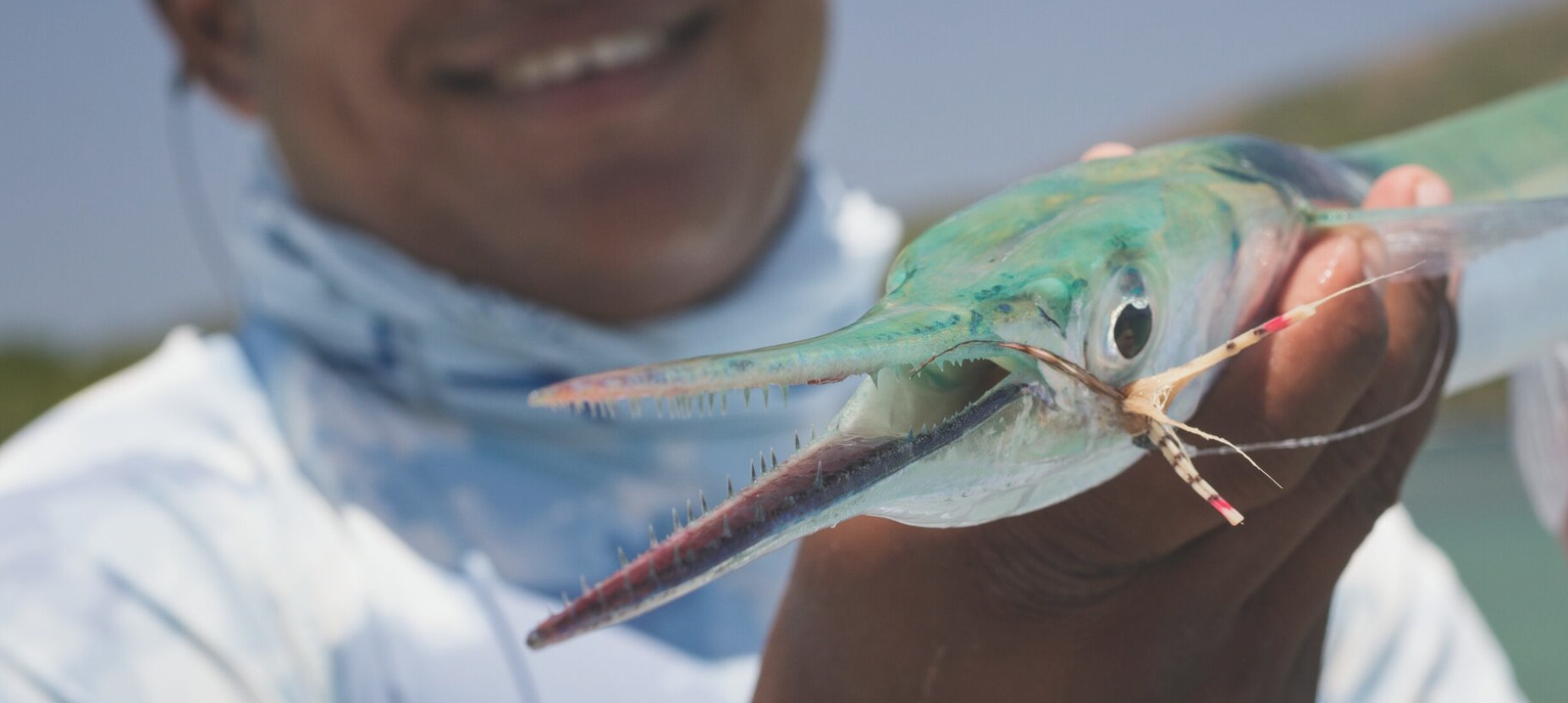
The island is a peaceful paradise for nature lovers. It boasts various natural features, such as swaying pines, dense rainforests, lush mountains, sandy beaches, and multiple freshwater waterfalls. This place is rare to find in today's world as it remains mostly undeveloped, with miles of untouched beaches and wilderness. The lush green mountains of the jungle rise over the crystalline Caribbean in stunning blues and greens, making it a hidden paradise beyond common knowledge.
The fishing experience in this area is exceptional, and we welcome both seasoned anglers and beginners new to saltwater fly fishing. We aim to provide an outstanding experience for everyone who visits, whether you're looking to catch permit and bonefish or simply enjoy the activity in one of the most beautiful places on Earth. During your visit, you'll also have the pleasure of meeting some of the most genuine people.
The diving around Guanaja is one of the Bay Islands' best-kept secrets. It is part of the Meso-American Reef, the second-largest reef in the world, and an excellent place to learn, explore, and improve your diving skills. Unlike Roatan and Utila, Guanaja attracts relatively few tourists, and the dive sites are mostly undiscovered.
When you visit and book with Fly Fish Guanaja, you are making a valuable contribution to creating job opportunities and supporting the local community. Your visit has a significant impact on larger projects such as building the first hospital in Guanaja, setting up computer labs in schools, and regenerating a once-devastated mangrove forest.
Having fun has never been so meaningful.
Mangrove Bight, Guanaja
Guanaja is a place where time seems to slip by like peaceful minutes. Its laid-back Caribbean pace mixed with its seafaring island people make it a peaceful, happy, and close-knit community, what's more important than that?
Getting to know Guanaja
Location – 43 miles off the north coast of Honduras and 8 miles from Roatan.
Size – about 3×11 miles
Population – about 5,500 total of which the majority lives on Bonacca
Climate – Year-round temperatures hover around 80 with the rainy season starting in October and usually lasting until December or January
Where to find the locals – 3 villages called Bonacca, Mangrove Bight, and Savannah Bight
Vegetation – Lush, mountainous, Open, dry, deciduous woodlands and temperate grasslands are spread throughout the interior highland basins and valleys, low valleys and on lower mountains are broad belts of dense evergreen broad-leaved forests with many species of large trees, including pine, mahogany, lignum vitae, Spanish cedar, balsa, rosewood, ceiba, sapodilla, and Castilla rubber. Mangroves are very prevalent throughout the island.
Highest Peak – one peak rises to almost 1,400 feet
Activities – diving (50 + dive sites of Guanaja), snorkeling, deep sea and flats fishing, hiking, waterfall hike.
Aquifers, Waterfalls and the Great Barrier Reef support an extensive coral reef that is part of the Mesoamerican Barrier Reef
Access to fresh water and several waterfalls can be explored.
